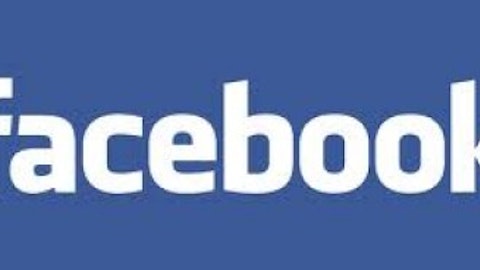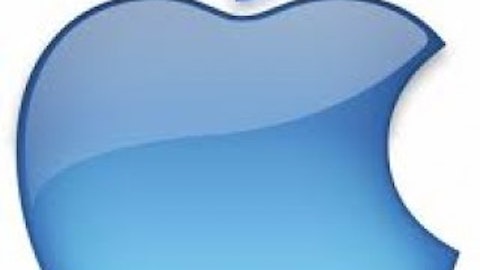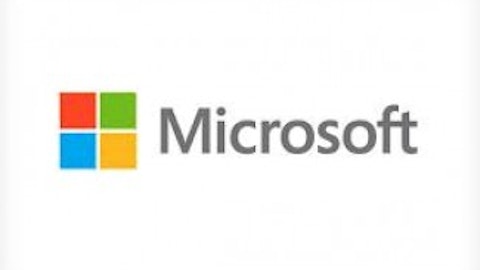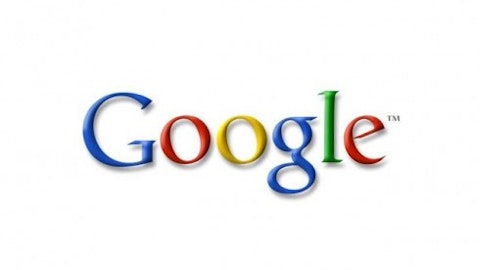Some have been very critical of Microsoft Corporation (NASDAQ:MSFT)‘s Windows 8 operating system. In fact, one of our very own here at The Motley Fool, Salvatore “Sam” Mattera, believes that Windows 8’s start button won’t be very successful at appeasing traditional Windows users. His criticism is well-meaning, but I honestly can’t join in on any of it.
Mattera states:
Windows 8 is designed around the new Metro interface — a tiled start screen optimized for touch. Through one of these tiles, a user can get to the desktop, but even there, things are different (such as the aforementioned loss of the start button).
Windows 8, when installed on a traditional desktop or laptop, gives no useful, additional functionality. Microsoft Corporation (NASDAQ:MSFT) has been pushing for touch-based laptops and desktops, but having touch on those form factors is basically pointless. (I am currently writing this on a touch-enabled laptop. In the month that I’ve had it, I can count the number of times I’ve used its touch screen on one hand.)
Microsoft Metro
Windows 8 comes with Microsoft Metro, which is essentially a revamp of the company’s desktop to make it look more similar to the smartphone. The reasoning for Microsoft Corporation (NASDAQ:MSFT) Metro is pretty simple: most desktop computers running on Windows 7 use applications through the internet. The whole purpose of Windows 8 was to enable users to access web-based programs directly through the desktop and to increase the amount of content consumption outside of the web.
This is where Apple Inc. (NASDAQ:AAPL) has been able to shine. Unfortunately for Windows 8, users are having a hard time adjusting to the idea of accessing content directly from the desktop rather than navigating through the internet to web-based programs. The design of Metro is intended to appeal to a broader audience, but some feel as if they have been betrayed by their favorite brand, and rightfully so. After all, Windows has been Windows since I was a kid. I love the traditional design, but I also recognize the direction the company is taking and why it is making that decision.
Mattera mentions that he can barely count the number of times he has used the touch screen. My response to that is I can’t remember the last time I looked at my Windows 7 desktop screen. Almost everything I do is based on navigating through the internet, which is becoming increasingly primitive as application stores effectively centralize all forms of content into a one-stop-shop location. After downloading an application, it is easier to access the application from the desktop than it is to type in a web-address for every form of content needed.
Teenagers are warming up to Windows 8

Source: Piper Jaffray
According to Piper Jaffray, 5% of teenagers in the United States are going to make their next phone purchase a Windows phone. Now remember, the “next phone purchase” carries a lot of meaning as your traditional smart phone carrier has a long-term contract that lasts for around two-years. Meaning that the average consumer is stuck with their phone, and they have to wait before upgrading. So this market study could be useful in indicating long-term trends that could take place over the next 2-3 years.
Apparently, a mere 21% of teenagers want their next phone to be an Android, which means that Google Inc (NASDAQ:GOOG) could be in a lot of trouble. On the other hand, what consumers are migrating towards is, surprisingly, Windows.

Source: ComScore
Google Inc (NASDAQ:GOOG) currently has 53.4% market share in the United States. Therefore, going forward, it is pretty practical to anticipate a significant decline in the number of Android-based handsets over the course of two years within the United States.
The trend is your friend, and with 5% of teenagers planning to make Microsoft Corporation (NASDAQ:MSFT) their next phone purchase, Microsoft just might lift itself from 2.9% market share to more than 5% in the next couple of years.






